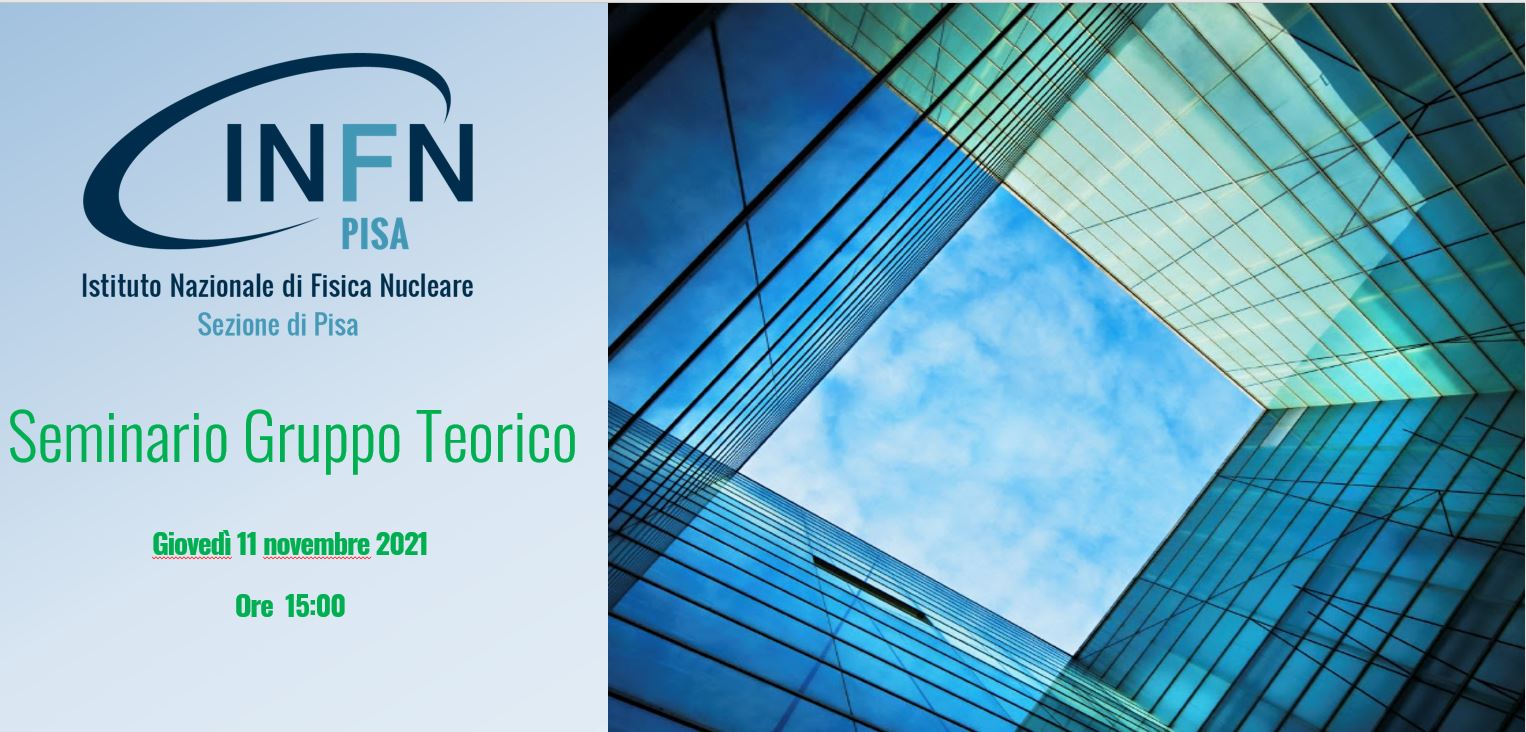Nuclear transfer reactions are the important tool to investigate the nuclear structure. These are also used as an indirect tool in nuclear astrophysics to get the important information on bound and low energy resonance states. Often, at
astrophysical energies direct measurements become difficult due to extremely small cross sections, and therefore indirect measurements in those cases provide alternative ways of study.
In the literature, different frameworks exist for the study of transfer reactions. Modern calculations, such as those involved in the continuum discretized coupled-channel method, are demanding in terms of computer capabilities which further require efficient numerical techniques. In this context, we make use of the combined R-matrix and Lagrange-mesh methods to the transfer reactions. These methods result in efficient and faster computations and as a first step we have applied these methods in the distorted wave Born approximation calculations, which is the simplest and widely used framework of transfer reaction study. In this talk, I shall present results of our calculations for the nucleon and a-transfer, considering some specific transfer reactions. Furthermore, I shall also discuss the sensitivity of transfer cross sections to the bound state wave functions, prior-post equivalence and peripherality of the reaction.
Il seminario si svolgerà in presenza nella sala 131 (Sala Galilei)

